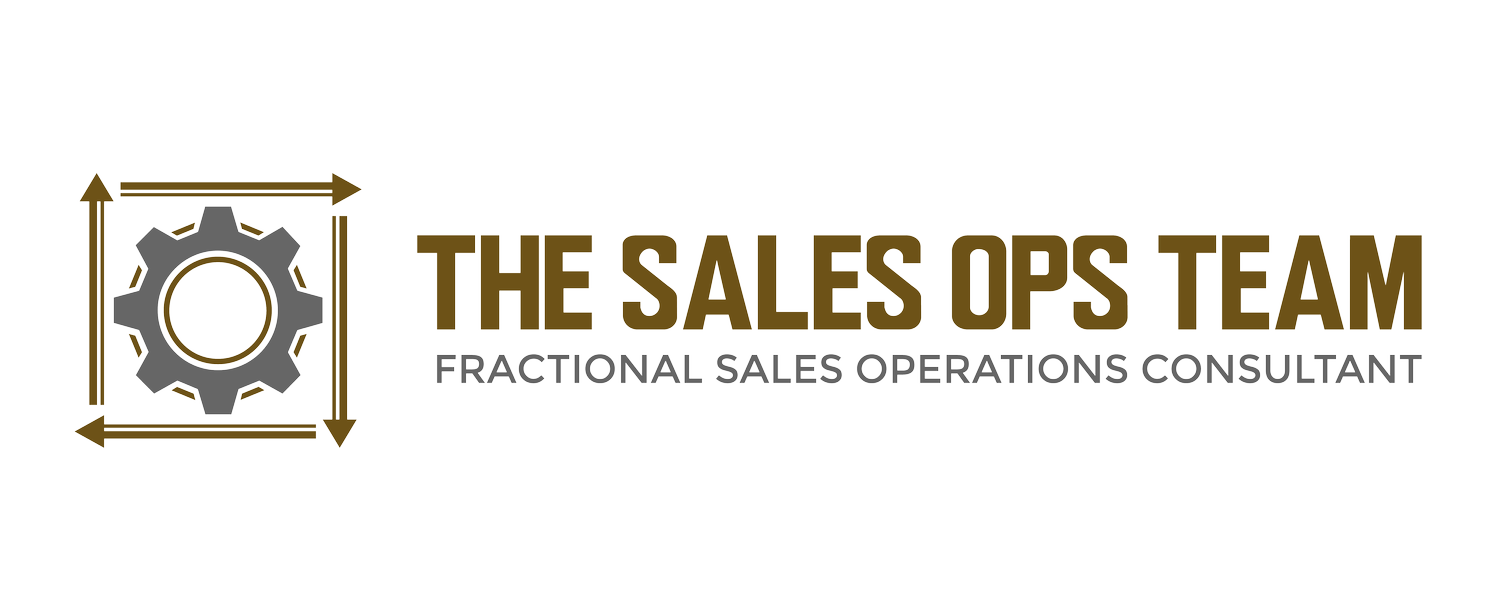The Hardest Part of Scaling Is the Work No One Sees
When people talk about “scaling,” they usually talk about the exciting parts — revenue growth, new markets, bigger teams, stronger brand presence.
But the truth is: the hardest part of scaling isn’t the growth itself. It’s the invisible work happening underneath it.
It’s the operational debt that stacks quietly.
It’s the lack of clear ownership because “everyone has been doing everything.”
It’s the makeshift systems built during survival mode… that never got rebuilt once the company grew past them.
And almost every company hits the same point:
The work that once felt scrappy and resourceful now feels chaotic and unsustainable.
When You Are the One Who “Just Figures It Out”
There’s always one person in the org — maybe officially Ops, maybe not — who becomes the unofficial backbone. The person who:
Cleans data while everyone else keeps adding more
Untangles processes created by five different people at different times
Creates structure where none existed
Translates across departments
Builds systems that leadership thinks are already there
This person is usually a natural fixer.
A systems thinker.
Someone who sees the big picture and can also execute the tiny details.
And sometimes… that person is doing the hardest job in the building without anyone truly realizing it.
Operational Debt Is Real (And Expensive)
Every company builds operational debt.
It’s unavoidable. It happens when:
The company grows faster than its systems
Key processes live in people’s heads
Teams build workarounds instead of foundations
Leaders don’t realize the cost of “just make it work for now”
Operational debt doesn’t show up on a P&L, but it’s absolutely there — in:
Missed revenue
Sloppy forecasting
Customer churn
Inefficient handoffs
Friction between teams
It’s not glamorous work.
It’s not visible work.
But it is the work that determines whether a company grows sustainably… or collapses under its own success.
Scaling Requires Clarity — Not More Activity
You cannot scale chaos — you only multiply it.
The companies that scale well have a few things in common:
They understand the value of documentation
They invest in RevOps and systems early
They formalize workflows before adding headcount
They build accountability structures, not just reports
They value internal alignment as much as customer-facing results
The companies that struggle all share the same pattern:
Their internal operations cannot support the weight of the growth they’re chasing.
The People Who Keep Companies Scalable Rarely Get Credit
If you are the person who:
Fixes what’s broken
Builds structure
Creates visibility
Helps teams operate in sync
… then you’re doing the invisible, unglamorous, absolutely critical work of making scale possible. We see you.
And it’s about time leaders start recognizing the significance of that.
Because growth is fun.
Scaling is hard.
But scaling sustainably? That’s an art. And it’s always built behind the scenes. Struggling in chaos? Let us help you. Book a consult now.

